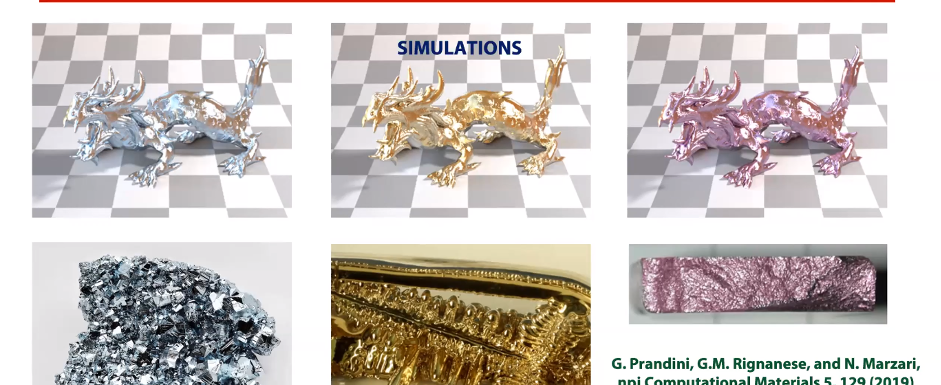Novel Material Discovery: The Marvel of Computational Science
On June 22, 2021, in the second edition of the nexFrontier series, we invited experts from NCCR MARVEL (Swiss National Centre of Competence in Research on Computational Design and Discovery of Novel Materials), EPFL, Fudan University and Beihang University to introduce us to this wonderland.
